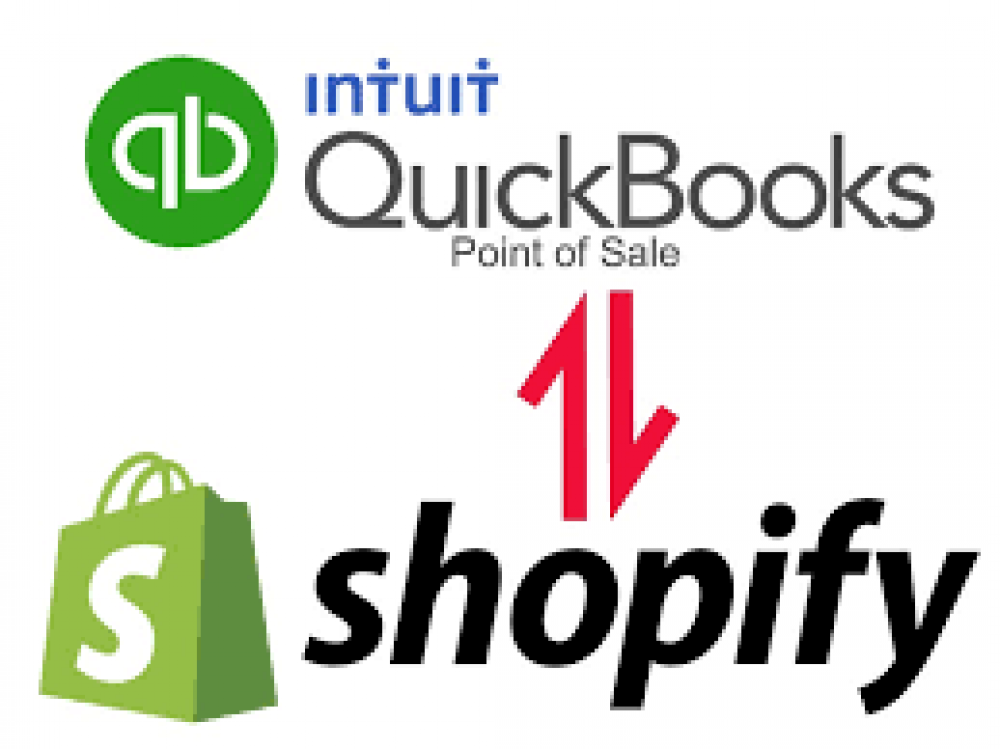
What Is The Difference Between Quickbooks POS And Shopify POS And Which Is Better For My Business
What is the difference between Quickbooks POS and Shopify POS and which is better for my business?
Not all point-of-sale (POS) systems are cash registers. They differentiate your business by offering flexible payment options, personalized customer marketing, and inventory tracking and management.
In this article, we'll compare Intuit's QuickBooks POS to Shopify POS, two well-known point-of-sale systems. We make recommendations based on their features, performance, support availability, and pricing to determine which one is the best fit for your business.
Features
Both QuickBooks POS and Shopify POS are simple to use and have intuitive user interfaces. They're brimming with customer-centric features like gift cards, discount and promotional codes, and loyalty programs.
Shopify POS is a point-of-sale system that works seamlessly in both online and brick-and-mortar stores. If you already have a Shopify eCommerce account, you can quickly get started by logging into the Shopify admin dashboard and configuring products and customers.
Additionally, you can pay with a variety of credit cards and mobile wallets, including Visa, Mastercard, American Express, Discover, Apple Pay, and Google Pay (and even split payments among these options). Shopify has added automatic discount application, a critical feature that was previously missing.
The catch is that advanced features such as intelligent inventory management, insight-driven recommendations, forecasting, report generation, toggling between multiple carts, and pick-up and return in-store are available only in the Shopify POS Pro edition.
QuickBooks is similar in that the Pro and Multi-Store editions include a slew of attractive features. Although the Basic edition includes some custom reporting, QuickBooks' Pro edition includes a robust reporting suite.
QuickBooks POS outperforms Shopify POS in inventory management, automatic purchase order generation based on pre-defined levels, and tracking of work orders and sales orders. Additionally, it impresses with an end-to-end employee management function that includes commission tracking and data integration with payroll. Naturally, the fact that it seamlessly integrates with the QuickBooks ecosystem of financial software gives it an advantage.
Conclusion
The features of QuickBooks Point of Sale and Shopify Point of Sale are largely comparable. While QuickBooks offers more comprehensive analytics and reporting, it is notable for its lack of fundamental features such as a customer-facing user interface and robust payment support (need to install an additional Go Payments app to sync). Additionally, QuickBooks POS is desktop-centric, which means that it integrates with QuickBooks Desktop but not with QuickBooks Online.
Performance
Shopify POS is not a desktop application, which can be viewed as an advantage or a disadvantage depending on your previous experience. It is a cloud-based application that can be easily installed on a smartphone or tablet. As a result, it is a highly mobile option that can be used in brick-and-mortar stores, pop-ups, and trade shows, as well as online stores. Automatic app updates ensure that you're always working with the most recent version.
QuickBooks POS takes a diametrically opposed approach as a cloud-based application that you download and install on your computer (Windows only). It supports all editions of Windows 10, Windows 8.1 (Update 1), Windows 7 Service Pack 1 (SP1), as well as Windows Server 2008, 2011, 2012, and 2016. Intuit recommends that a single workstation installation have at least 1GB of disk space and 4GB of RAM, with a minimum of a 2GHz processor for a single user and a 2.8GHz processor for multiple users.
QuickBooks is not optimized for mobile devices, reducing its usability for businesses interested in setting up temporary mobile kiosks. Intuit has added support for the Microsoft Surface Pro 4 and a select number of other tablets. However, businesses interested in utilizing iPads or Android tablets will be disappointed.
QuickBooks updates are not as seamless and painless as Shopify, and the software has been criticized by customers for slowness and performance issues.
Conclusion
QuickBooks' desktop-centric design makes it unsuitable for small businesses. Its close reliance on the Windows ecosystem feels confining. Additionally, you'll need to keep your operating system and other system requirements current with the POS software. However, if you intend to maintain that configuration, this is a viable option.
Shopify is a less complicated, lighter-weight solution, but it requires good connectivity to function seamlessly.
Support
Both POS systems have robust support available via email, phone, community forums, and an abundance of online resources such as videos, tutorials, and webinars.
Shopify, on the other hand, tips the scales with its complimentary 24x7 live rep support and extensive documentation. QuickBooks support hours are limited to Monday through Friday, 6 a.m. to 6 p.m. PT, and it is not free ($89.95 per month or $299.95 per year).
Conclusion
Numerous customers have expressed dissatisfaction with QuickBooks' support. Shopify has consistently been rated higher for the quality of its (free) support and response times.
Verdict
Shopify is ideal for small businesses that are already online and looking to open a physical store, as it offers several affordable options. QuickBooks' high initial costs act as an impediment to entry in this case. Medium and large businesses can choose between Shopify Pro and QuickBooks Pro. However, you must perform some math to determine the more cost-effective option based on the number of licenses or devices required.
If you already use QuickBooks financial software, purchasing its point-of-sale system appears to be the logical next step. However, if not, Shopify's ability to act as a mobile point of sale and accept multiple payment methods.

